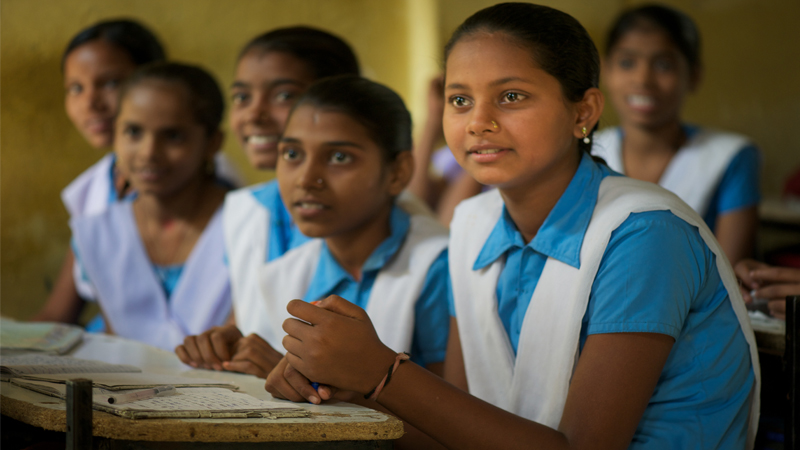
Why is education important in India?
The country’s economic growth depends on capital, technology, and natural resources and also on the quality and quantity of manpower. The quality of manpower denotes the productivity and efficiency of the workforce. Manpower’s efficiency depends upon several important factors such as nutrition and health, sanitation, safe drinking water, housing facilities, and education and training.
These are described as basic factors that influence the quality of life. By sufficiently investing in these fields, it is possible to increase the efficiency and productivity of manpower. Thus, economists refer to it as human capital formation.
According to the human capital, the body of awareness attained by the people and the capability of the people to utilize knowledge effectively. One of the important components out of several social infrastructure components in the country is education. When there is a well-trained and educated manpower, it has chances to improve the level of economic development.
What are the problems experienced during education development?
Though we put in a lot of effort, the education development stays at a stumpy level. We have shared the problems experienced during the progress of education in India.
Lack of funds: One of the main problems during education development is the lack of funds. Just imagine, five-year plans for education are decreasing because of insufficient resources, several educational institutions do not have libraries, science equipment, infrastructure, and more. And because of this, it is hard to accomplish desired results.
Expensive higher education: Technical and professional education and the university has become very expensive in India. The fee structure for professional and technical institutes such as IIM is expensive. They charge about INR 2 Lakh per semester for business management classes. The fee is so high that the common man can’t access it. As higher education has been privatized, there has been exceptional growth of turnover hungry entrepreneurs. It clearly shows higher education is an expensive affair.
Not utilizing Indian languages: English is the main medium of education especially for teaching science subjects. As students in rural regions are not good at English, they cannot learn and understand science subjects properly. Because of this, they undergo a lot of difficulties. Indian languages are not well developed. Moreover, there are not enough publications in the Indian language.
What are the associated problems of education?
Issues of primary education: At present, primary education is filled up with several issues. Most primary schools do not have buildings with basic facilities such as study materials, furniture, electricity, and urinals, drinking water, etc. Several primary schools have only a single teacher and some schools are running without teachers. Due to this, there is a high dropout rate and remains a major issue of concern.
General education-oriented: When you notice our educational system, you can see that very general. There is not sufficient development of vocational and technical education. It is the reason education is unproductive. Thus, the rate of educated unemployed individuals is high day by day. It has become a major issue for the government.
Wastage of resources: As we follow the general education system, the dropout percentage is high in secondary and primary levels. The majority of the students between six and fourteen age groups do not attend school and hence don’t finish their education. It results in wastage of human and financial resources.
Despite economic planning and constitution directives, it has become hard to accomplish cent percent literacy. About 35% of individuals are illiterates in India. To conclude, we should accept that we are still lacking in qualitative development though there is quantitative growth of education.
Find More About : Importance Of Literacy In India
